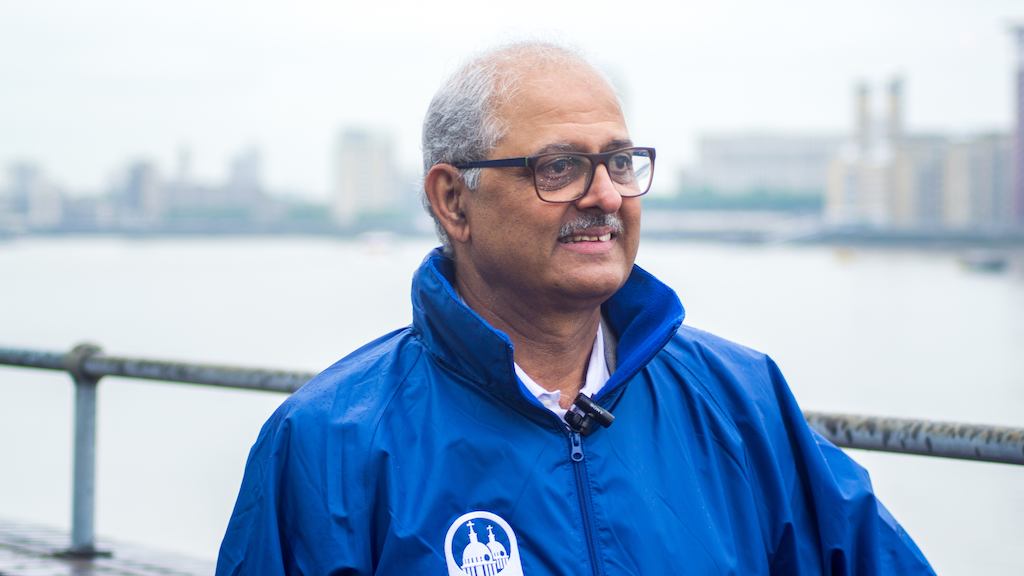The current pool of volunteers is also less diverse than it could – and should – be. People in later life who are poorer, in ill health or from a BAME background are less likely to formally volunteer (though no less likely to give back in an informal way). Our review found that too many people feel mainstream charities and volunteering roles are ‘not for people like me’. Too many charities rely on a dwindling pool of people, predominantly older, wealthier and white, many of whom will be unable to volunteer as much in future. At the same time, these charities are missing out on the talents, experience and perspectives of more diverse volunteers – and so are the people they work with.
Without action, today’s older volunteers won’t be replaced either by their younger counterparts, or by tomorrow’s more diverse older population. The consequences could be catastrophic. Our review, in partnership with the Office for Civil Society, revealed the need for a complete rethink in big charities’ ways of working with volunteers.
Volunteering needs to be flexible enough to fit around changes to people’s lives, like ill health, bereavement or the need to care for loved ones. People need to know that if they take on a volunteering commitment, they could stop when life changes and be welcomed back in future.
This is not just about how much time volunteers are asked to give or for how long, it’s also about finding ways to be more flexible about what people do, where and how.
Older volunteers told us that bureaucracy, delays in starting, rigid role descriptions and ‘sheep dip’ training that didn’t recognise their experience, all created barriers to taking part. Digital recruitment methods can create another barrier for some and accessibility can be a major barrier for people with health conditions – both in terms of accessible places to volunteer, as well as in accessible, affordable transport to get there.
It takes a lot of courage for people who don’t see themselves as a ‘typical’ volunteer to put themselves forward – and we heard that a rejection makes it much harder to try again. Charities can do much more to put on a welcoming and inclusive face and enable volunteers to make connections with each other.
The question is, what would more age-friendly and inclusive models of volunteering look like? We’re trying to find out.



